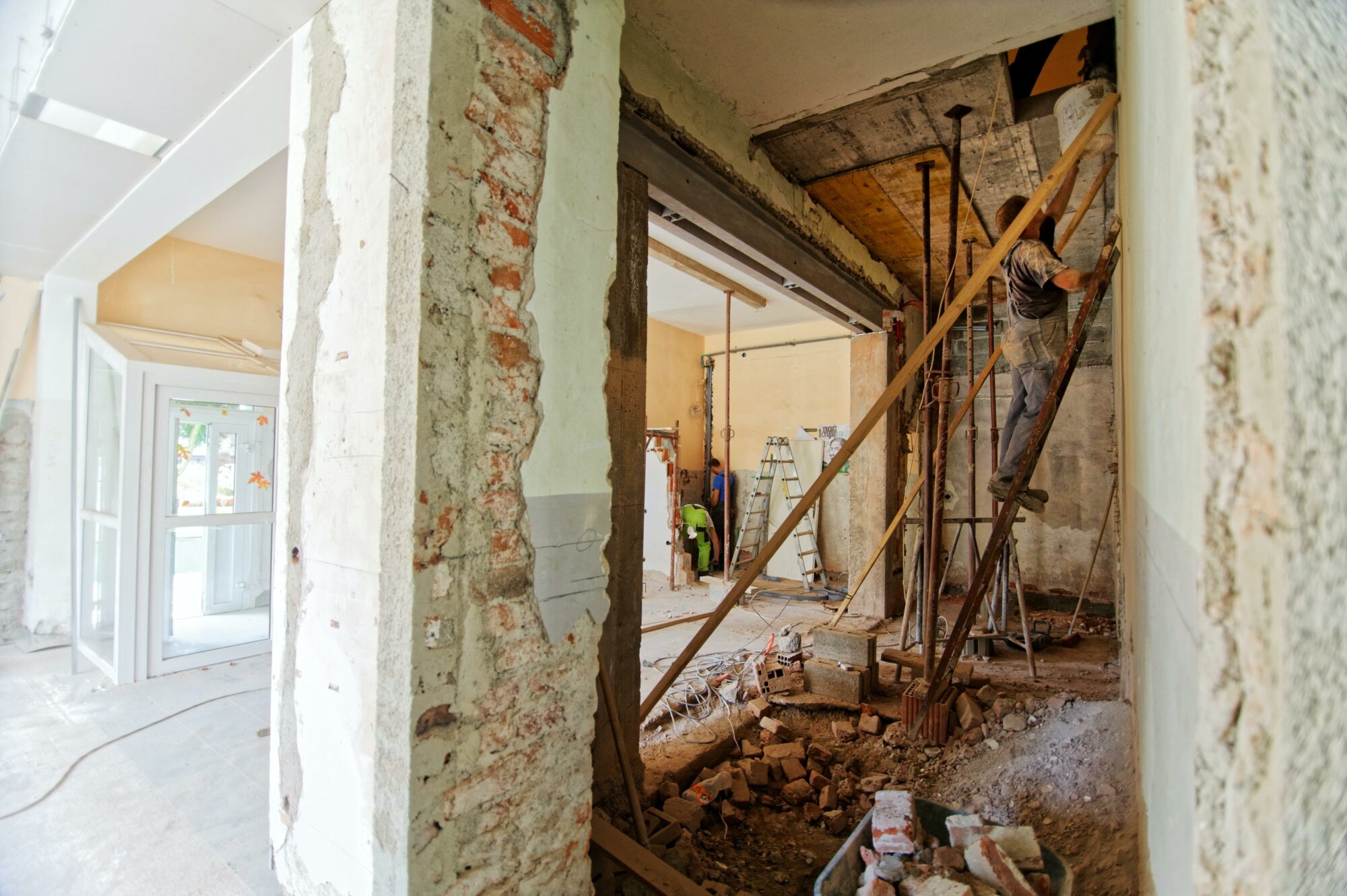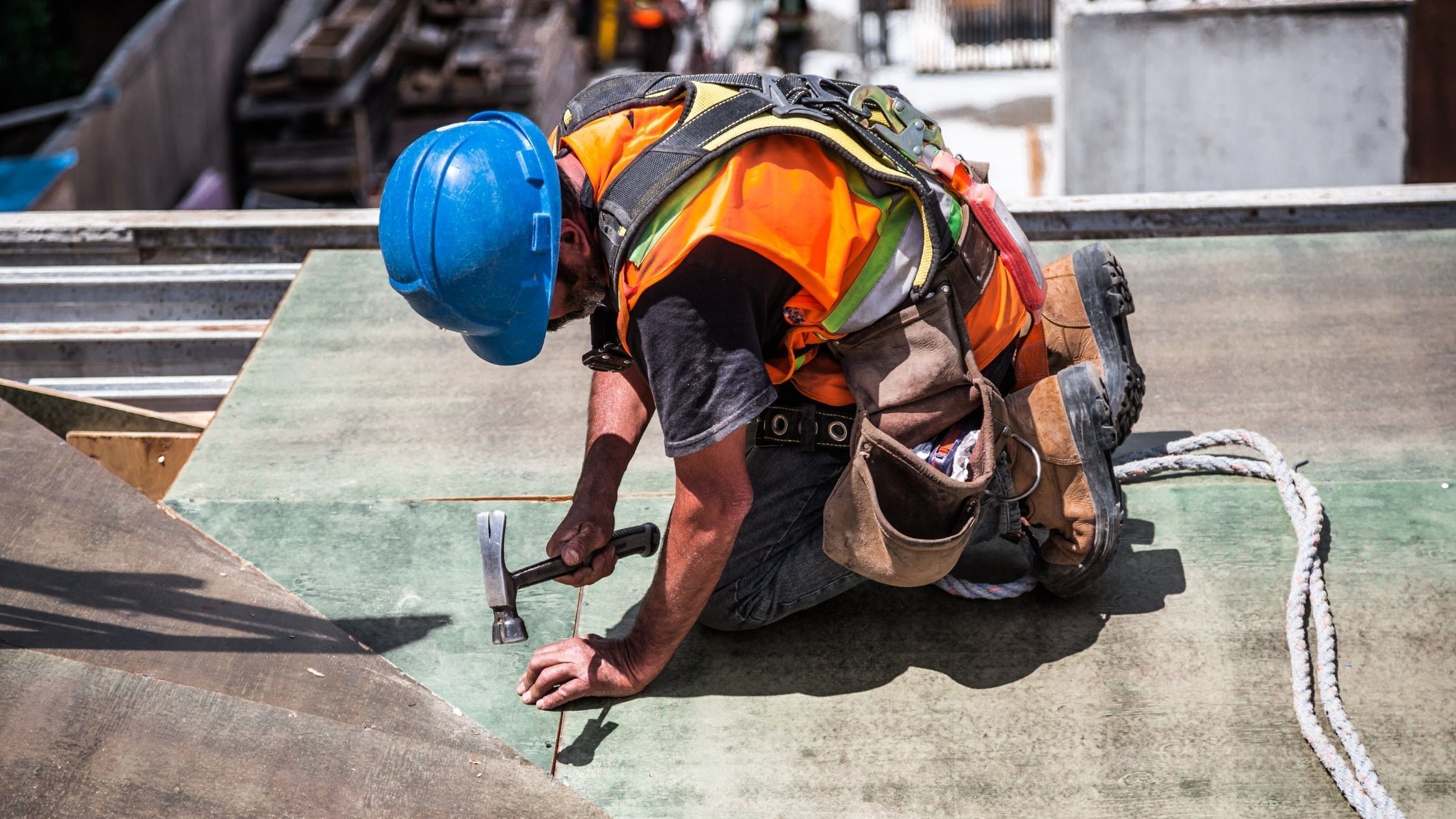And what does it mean for social housing tenants?
A new government-backed programme has been granted £7 million worth of funding to transform the sustainability and quality of the social housing environment in Wales. Here we dig into the Optimised Retrofit Programme and what it means for housing associations and their tenants.
Good news stories can feel a tad lacking at the moment, right? That’s why everyone here at Moxie People are pleased as punch to see that the decarbonising of social housing across Wales is finally getting the attention it deserves.
It’s all part of a pioneering programme involving a consortium 68 partners - including 26 social housing providers - to retrofit over 1,300 Welsh homes. It’s called the (catchy title alert) Optimised Retrofit Programme.
What is the Optimised Retrofit Programme? The programme will use a combination of building fabric improvements, low and zero-carbon technologies and sophisticated operational controls to take over 1,300 Welsh homes to their lowest achievable carbon footprint.
It’s an enormous, mega exciting task; one that’s going to mean weighty changes for the social housing sector. Read on to discover more.






